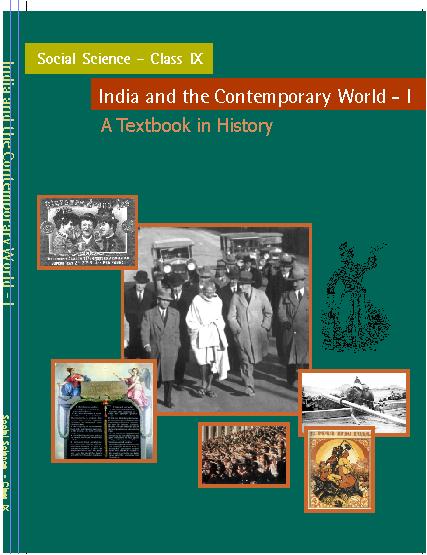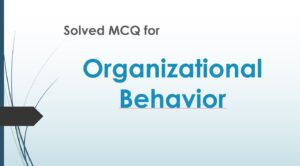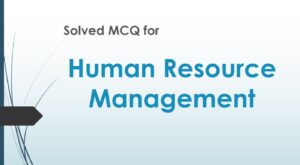Class 9 - Social Science India and the Contemporary World I
Chapter 2 - Socialism in Europe and the Russian Revolution

Top Block 1
Question : 1 What were the social, economic and political conditions in Russia before 1905?
Answer :
The social, economic and political conditions in Russia, before 1905 was quite backward.
Social inequality was very prominent among the working class. Workers were divided on the basis of their occupation. Workers whose jobs needed skill and training considered themselves on a higher plane than the untrained worker. Workers had strong links to the villages they came from and this also caused a social divide among workers.
Economically Russia was going through a very difficult period. The population had doubled and the economic conditions turned from bad to worse. The government introduced new programmes of industrialization which created employment . This Industrialization did not help the workers who were exploited and their living condition only worsened.
Compared to other European nations, Russia was politically backward, during the thirteenth century. All political parties were illegal in Russia before 1914. The Russian peasants formed the Socialist Revolutionary Party in 1900, but as they were not a united group they were not considered to be part of a socialist movement.
Question : 2 In what ways was the working population in Russia different from other countries in Europe, before 1917?
Answer :
The working population in European countries were a more united lot than the those in Russia .
Workers in England and Germany formed associations and fought for better living and working conditions. Funds were set up by these Associations to help workers in distress. The workers in European countries were united in their demand for reduction of working hours and the right to vote. Workers association also supported political parties and ultimately formed political parties themselves. The Labour Party in Britain and a Socialist Party in France are examples of political parties formed by socialists and trade unionists.
In total contrast to the working population in Europe the Russian workers were not united. Workers were divided on the basis of their occupation. Workers whose jobs needed skill and training considered themselves on a higher plane than the untrained workers. Workers had strong links to the villages they came from and this also caused a social divide among workers. Workers’ associations rose dramatically in Russia also, as in Europe. They demanded reduced working hours and higher wages. The workers were suppressed by the government.
Question : 3 Why did the Tsarist autocracy collapse in 1917?
Answer :
During the winter of 1917, factory workers faced acute food shortage and extreme cold climate. Dissatisfaction was raging high among the workers.
A factory lockout on the right bank of the river Neva, triggered a strike in the month of February, 1917. 50 other factories joined in the strike. In many factories women led the strike. The government tried many measures to contain the strike. Curfew was imposed, the cavalry and police were called out to suppress the workers. The dissatisfied worker could not be contained. On the 27th of February, the Police Head Quarters’ were ransacked.
The turning point of this revolt was when the government regiments joined the striking workers. They formed the ‘ Soviet’ or ‘Council’. The Tsar was advised to abdicate. Thus the February Revolution brought down the monarchy in 1917.
Question : 4 Make two lists: one with the main events and the effects of the February Revolution and the other with the main events and effects of the October Revolution. Write a paragraph on who was involved in each, who were the leaders and what was the impact of each on Soviet history.
Answer :
February Revolution:
♦ 1. 22 February: Factory lockout on the right bank.
♦ 2. 23 February: Sympathy strike by workers in 50 factories.
♦ 3. 24th & 25th : Strikers stage demonstrations. Police called out to suppress the workers.
♦ 4. 25th : The government suspends the Duma.
♦ 5. 27th : Police Head quarters’ ransacked by the workers. Regiments support the workers. Striking workers form the Petrograd soviet.
♦ 6. 2nd March: The Tsar abdicates. Soviet and Duma leaders form the Provisional Government.
Effects:
♦ 1 Army officials, land owners and industrialist became influential.
♦ 2 Restriction on public meetings were removed.
♦ 3 Trade unions grew in number.1.
October Revolution:
♦ 16th October: Vladimir Lenin, the Bolshevik leader persuades the Petrograd Soviet and the Bolshevik Party to agree to a socialist seizure of power.
♦ A Military Revolutionary Committee was appointed by the Soviet
2. 24th: The uprising against the Provisional government begins.
♦ Military Revolutionary Committee seized government offices and arrested ministers.
♦ The winter palace was shelled.
♦ Ministers of the Provisional government surrendered.
♦ The Bolsheviks gained control.
Effects:
♦ 1 Industries and banks were nationalised.
♦ 2 Russia became an one-party state. The single party being the Bolshevik Party.
During the February Revolution, the factory workers and the Government Regiments played an important role. The workers and the regiments joined together. The major impact of the February Revolution was the down fall of the Russian Monarchy and the establishment of the Petrograd Soviet.
Vladimir Lenin, the Bolshevik leader , played a major role during the October revolution. His Bolshevik Party over threw the Provisional Government and gained power. The Russian Communist Party came into existence.
Mddle block 1
Question : 5 What were the main changes brought about by the Bolsheviks immediately after the October Revolution?
Answer :
Many changes were brought about by the Bolsheviks after the October Revolution.
They were:-
(i) Banks and Industries were nationalised.
(ii) Land was declared social property.
(iii) Peasants seized land from the nobility.
(iv) Large houses were partitioned according to family requirements.
(v) Use of old titles by aristocrats was banned.
(vi) New uniforms were introduced for the army and officials. The famous soviet hat (budeonovka) was introduced.



